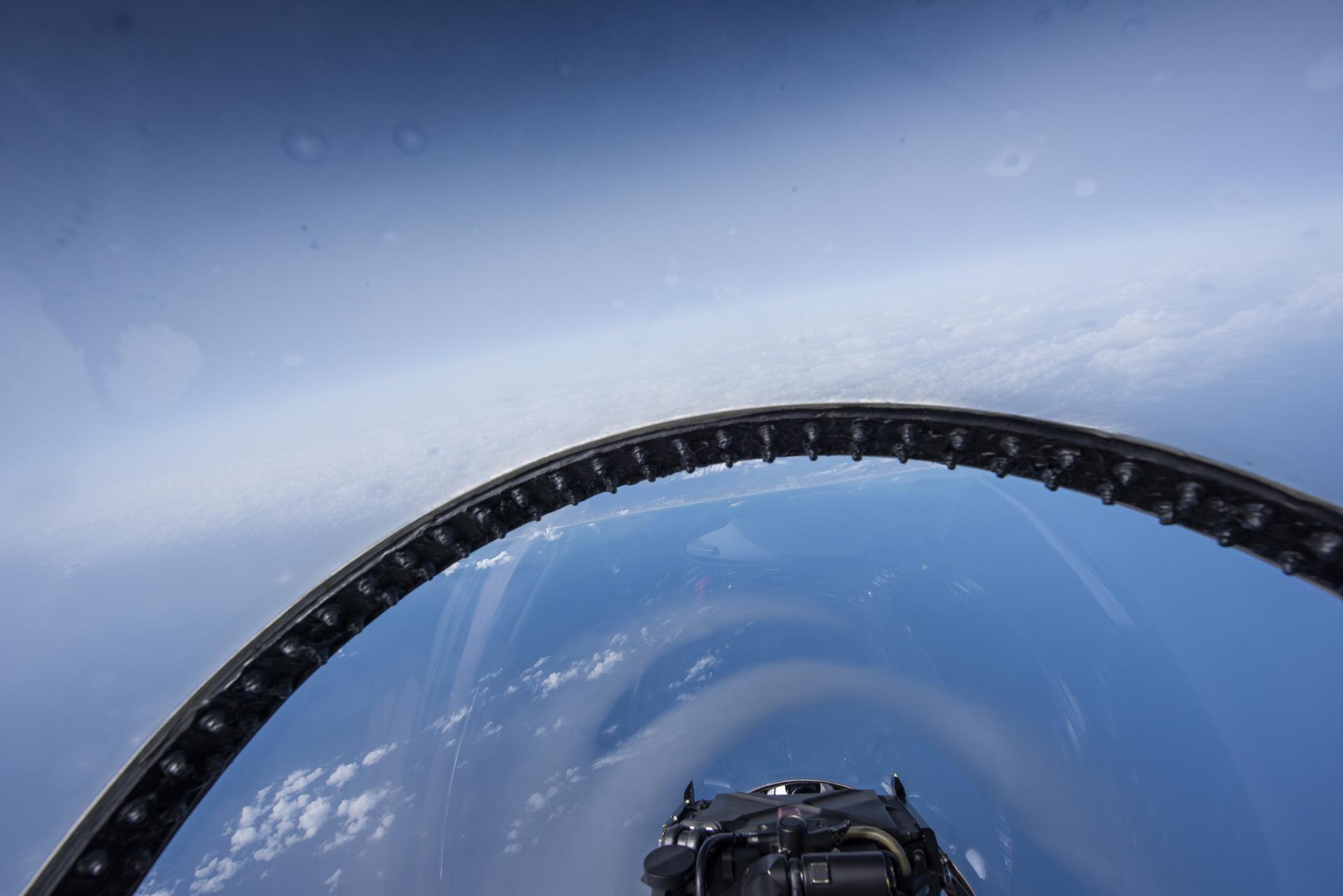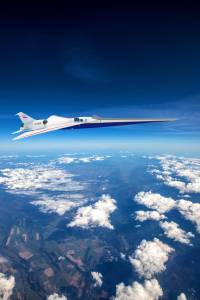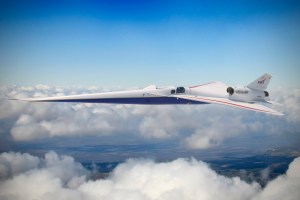
NASA’s aeronautical innovators are leading a government-industry team to collect data that could make supersonic flight over land possible, dramatically reducing travel time in the United States or anywhere in the world.
The Quesst mission has two goals: 1) design and build NASA’s X-59 research aircraft with technology that reduces the loudness of a sonic boom to a gentle thump to people on the ground; and 2) fly the X-59 over several U.S. communities to gather data on human responses to the sound generated during supersonic flight and deliver that data set to U.S. and international regulators.
Using this data, new sound-based rules regarding supersonic flight over land can be written and adopted, which would open the doors to new commercial cargo and passenger markets to provide faster-than-sound air travel.
Elements of NASA’s Quesst mission are organized within two of the agency’s aeronautics programs — the Advanced Air Vehicles Program and the Integrated Aviation Systems Program — and managed by a systems project office whose members span both programs and all four of NASA’s aeronautical research field centers: Langley Research Center in Virginia; Glenn Research Center in Cleveland; and Ames Research Center and Armstrong Flight Research Center, which are both located in California.
PHASES
Phase 1: Aircraft Development
2018-2024
NASA anticipates that initial flights to prove performance and safety (also known as “envelope expansion”) will take about nine months. At the successful conclusion of these flights, NASA will officially take delivery of the aircraft from Lockheed Martin.
Phase 2: Acoustic Validation
2025
NASA will fly the X-59 within the supersonic test range over NASA’s Armstrong Flight Research Center and Edwards Air Force Base in California to prove the quiet supersonic technology works as designed, aircraft performance is robust in real atmospheric conditions, and the X-59 is safe for operations in the National Airspace System.
Phase 3: Community Response Study
2026-2028
The agency will use the X-59 to gather data on how effective the quiet technology is in terms of public acceptance. This will be done by flying over select U.S. cities beginning in 2026 and asking residents to share their response to the sound the X-59 produces.
Final Data to Regulators
2030
NASA will provide a complete analysis of the community response data to U.S. and international regulators for their use in considering new sound-based rules regarding quiet supersonic flight over land. Such rules could enable new commercial cargo and passenger markets in faster-than-sound air travel. This will be turned over when the mission ends.

































